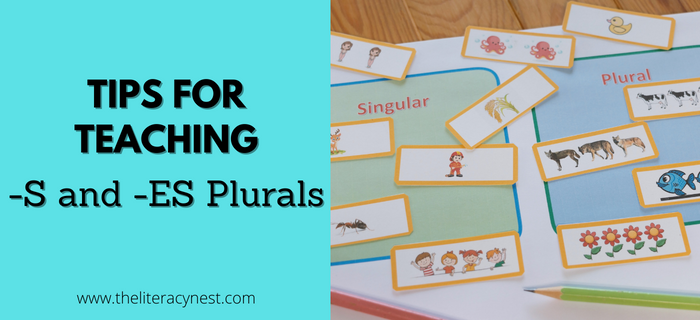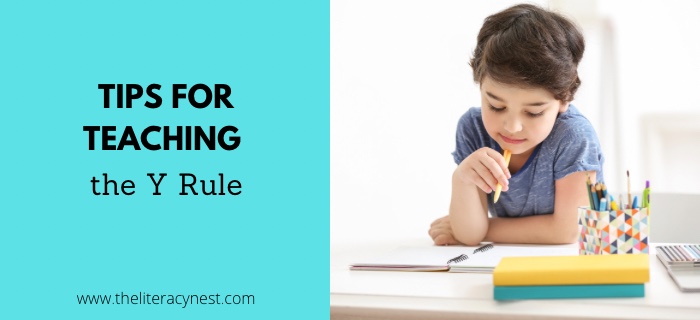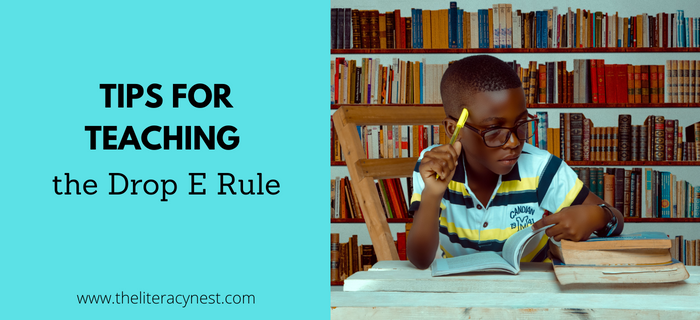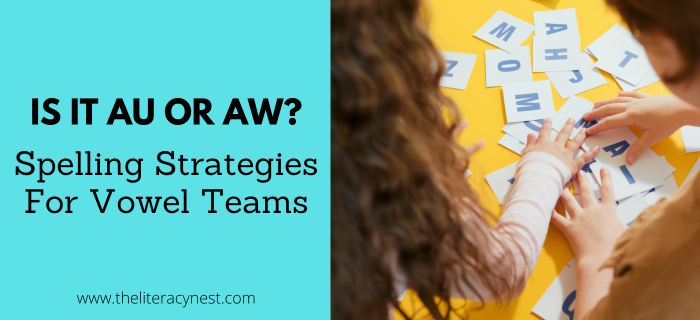Is it -OUS or -US? How to Teach This Spelling Generalization
The more students know the more complicated spelling becomes. They begin to need to take into consideration not only sound and symbol correspondence, but the word’s morphology and part of speech. One potentially confusing concept is words that end in -ous or -us. Both endings are pronounced /ǝs/. So how do we know when to…










